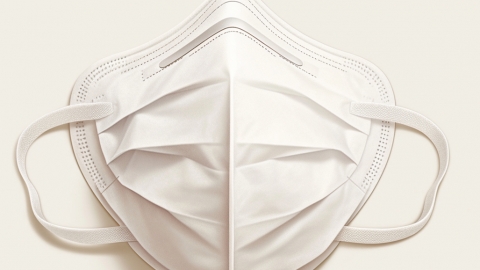Are medical masks still effective when they get wet?
Generally speaking, whether a medical mask provides protective effects depends on its dryness. A dry medical mask can offer normal protection, while a wet mask loses its effective protective capability and should not be used further. Detailed analysis is as follows:

A dry medical mask relies on its middle melt-blown filter layer, which uses electrostatic adsorption and physical barrier effects to block harmful substances such as droplets and dust from entering the respiratory tract. It also prevents the wearer's droplets from spreading, meeting daily protective needs. Dryness is crucial for ensuring protective effectiveness, especially in crowded places or situations involving potential contaminants.
When a medical mask becomes wet, moisture can damage the electrostatic structure of the melt-blown fabric, causing it to lose its electrostatic adsorption ability. Meanwhile, the pores of the wet filter material enlarge, weakening the physical barrier effect and reducing the ability to effectively filter harmful substances. Additionally, a wet mask may fit less snugly, potentially causing exhaled moisture to accumulate, increasing breathing resistance, and even promoting bacterial growth.
When using medical masks in daily life, it is important to keep them dry and clean, avoiding contact with water, sweat, or other liquids. If a mask becomes accidentally wet, it should be replaced promptly with a new, dry one. It should also be worn correctly to ensure a proper fit against the face, thereby better achieving its protective function.





